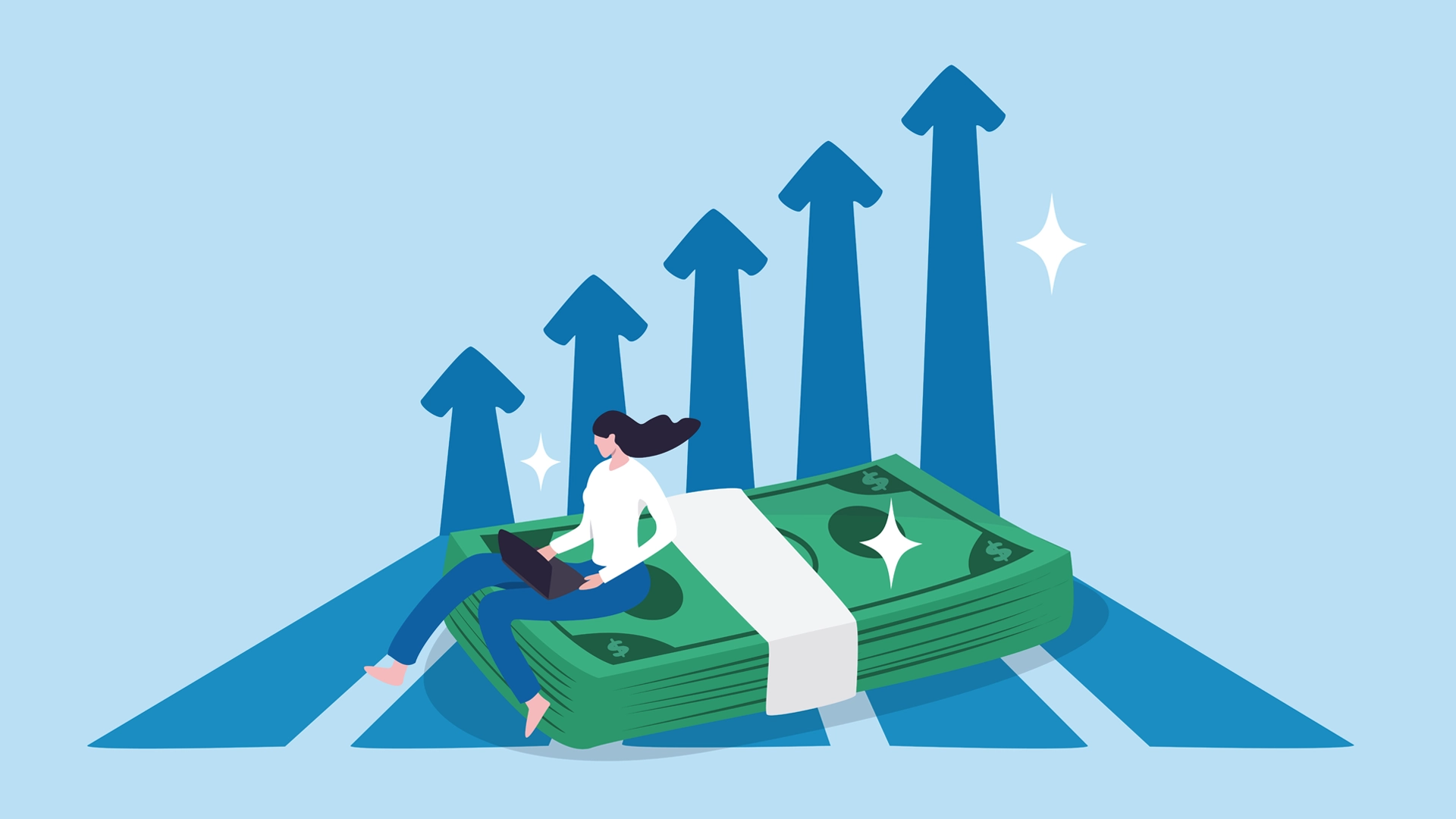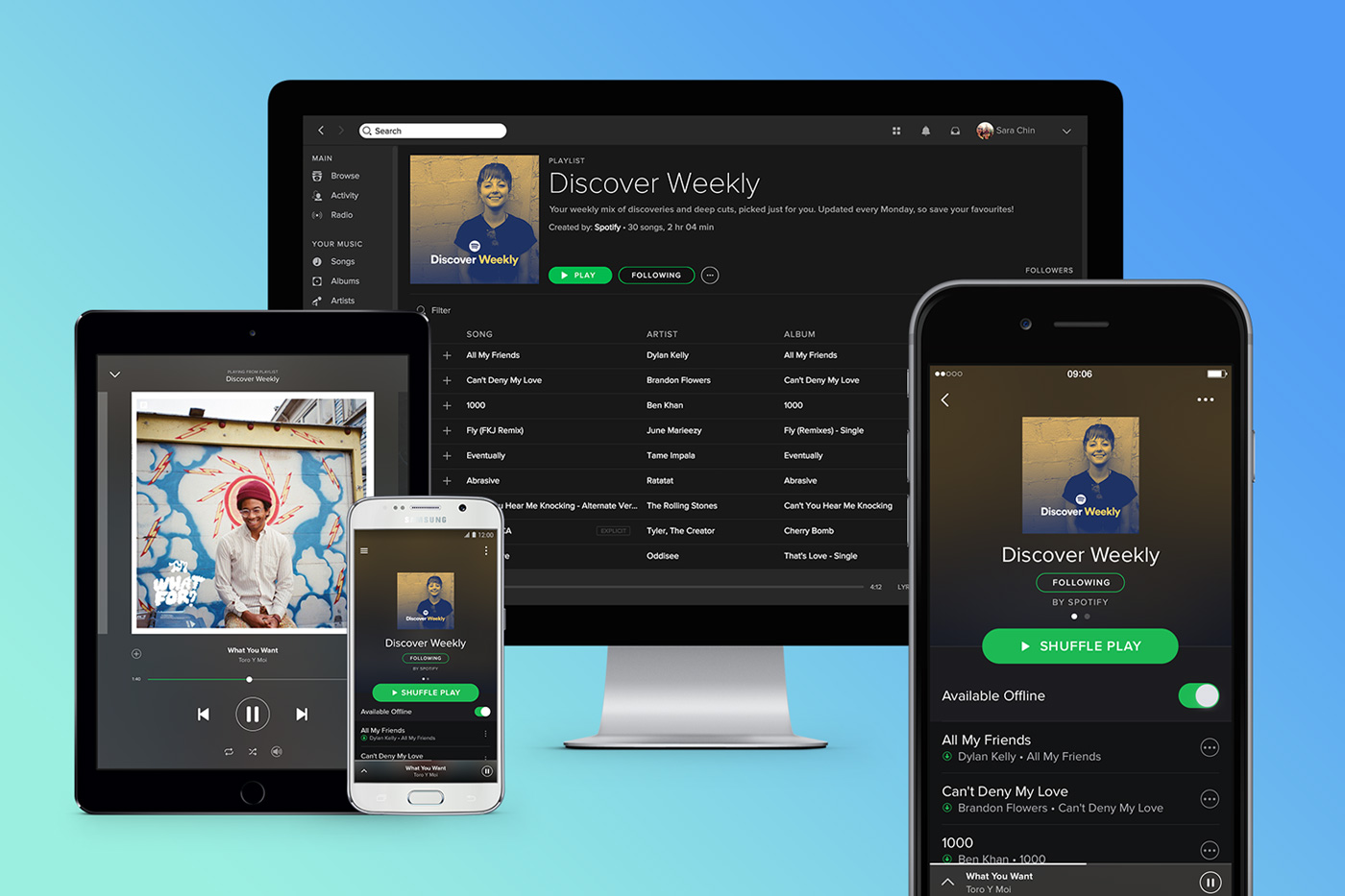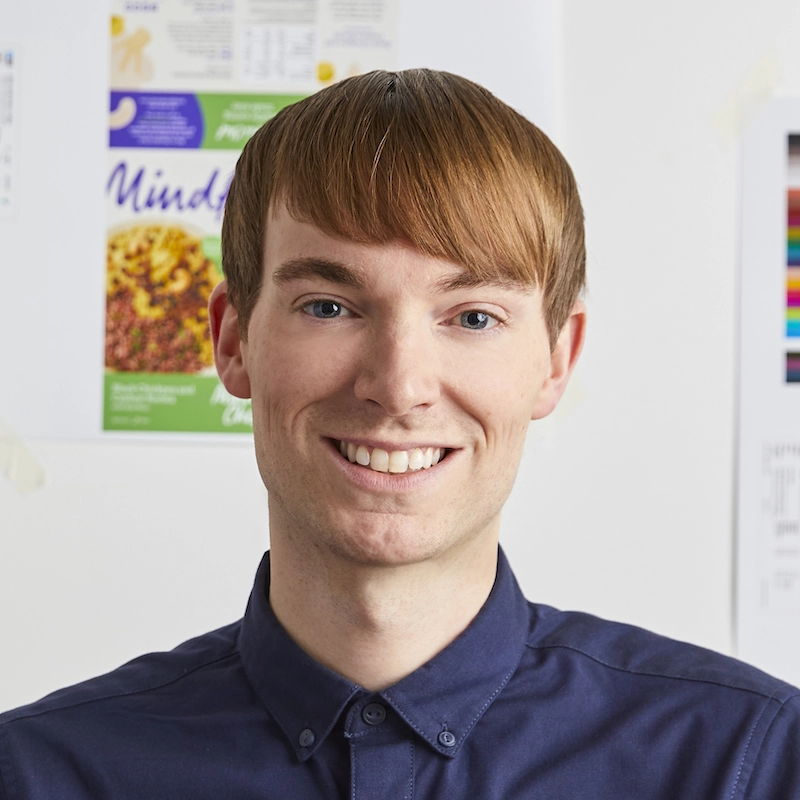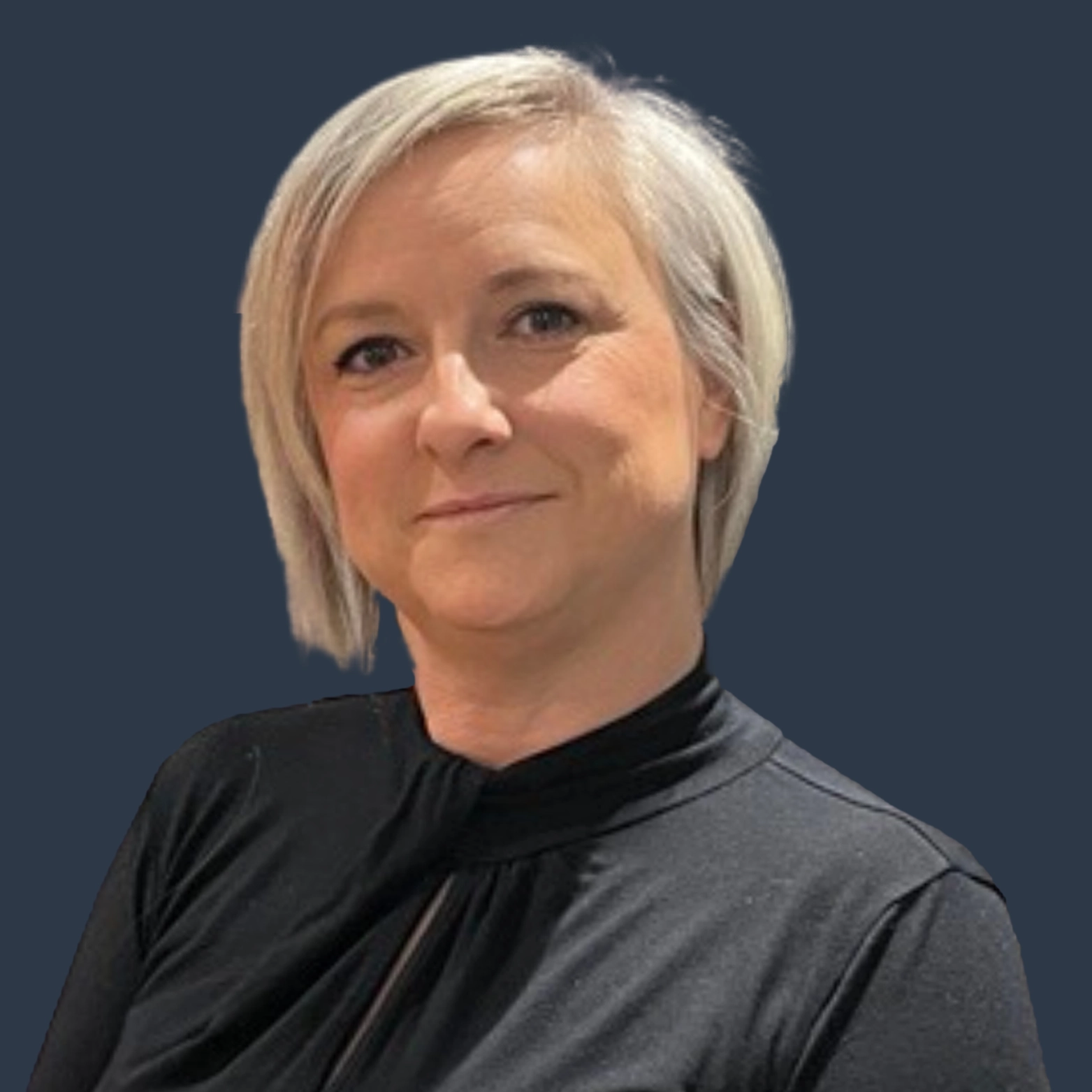You’d be hard-pressed to find a company that sits more comfortably (and successfully) at the crossroads of technology and culture than streaming music giant Spotify.
When it comes to producing high-quality creative work that resonates with consumers across the globe, the bar is incredibly high. Putting out content that connects with everyone from bluegrass fans in Kentucky to heavy metal fans in Helsinki is a tall task, and requires some of the best creative talent out there.
That’s why in recent years, Spotify has worked with recruiters to build and expand its own in-house creative team, rather than relying on traditional ad agencies. The result has been some of the best creative work the company has ever produced.
We spoke with Spotify’s global creative director Alex Bodman about emerging in-house hiring trends, attracting (and retaining) great internal creative, and successfully building an in-house team from the ground up.
Q: At Spotify, and in general, what kinds of creative talent do you see in high demand today?
Alex Bodman: Spotify is in the tech industry, but we also serve the world of culture and music. We’re looking for a very specific type of talent that can come in, and with confidence, sit at the intersection of technology, music, and culture. We constantly create work that’s culturally relevant and extremely diverse. We speak to different audiences across different genres, content, and age groups.
Our creatives need to be able to jump from diverse groups and projects on a regular basis. They need to be seasoned, open, flexible, and think strategically. They need to be extremely connected to culture and music. We also look for that special blend of being seasoned and experienced, but still being open to change and new ways of collaborating. We’re constantly looking for that perfect mix of experience and talent.
The challenge is that this type of talent is kind of a unicorn.
Q: How does Spotify actually go about finding those “unicorn” creatives that fit the Spotify mold?
AB: Finding the right talent has been a progressive process. When I first started building the team two-and-a-half years ago, I began with recruiting partners. We saw some really interesting people at first, but I sensed there was a higher benchmark to aim for. So I told the recruiters to bring in people that we probably couldn’t hire, and make those candidates first priority. It basically became my second job to talk with these individuals, identify where there was great potential, and try to sell them on the opportunity.
Initially, we experienced some hesitancy on the part of candidates about jumping in with one brand and working within an in-house model. But once we landed a few people, addressed their concerns, and built confidence in what we were doing, we started producing great work very quickly. Within six months we were getting talked about across the industry and receiving award recognition. People suddenly realized that the proof was in the pudding. Once they realized that they were producing some of the best work of their careers, our creatives no longer viewed “in-house” as just an experimental career path.
That was a big shift, and although we still might not be able to hire whoever we want, people really want to talk with us and find out if in-house at Spotify might be the right opportunity. Anyone looking to build an in-house creative team should expect to go through a similar process.
Q: As a global organization with creative teams spread across the world, how does Spotify approach workforce collaboration to consistently produce outstanding creative?
AB: I don’t know how different our team structure is from other companies, but it is quite specific. Our entire creative and branding group has over 80 people, 30 of whom are the actual creatives (designers, copywriters, etc.) either based in New York or one of our offices in Europe.
What we’ve built is an entire infrastructure that creatives need to produce work that gets completed regularly, at a high standard. For example, we have a large, integrated video production group that works in tandem with creatives. We have a social impact group that helps produce social campaigns for artists, in addition to in-house content marketing specialists. The thing is, it’s not as simple as just replicating creatives, popping them into a company or a marketing department, and expecting it to work. You need the right infrastructure around creatives that allows them to do their best work, and that’s what we’ve tried to do at Spotify.
Q: How has the success of your in-house team affected your overall relationship with agencies?
AB: While we don’t have an agency of record at the moment, we’re always open to working with creative partners where we feel that we need insights outside the score of our team. But it might not always be with a traditional agency. One example is a recent campaign called Black History is Happening Now, which came out of a close collaboration with a creative collective called Saturday Morning. They’re comprised of creatives of colour within the industry, and are a non-profit that helps brands manufacture diversity-oriented creative. The entire experience felt highly collaborative, and we ended up gaining incredible value. Most of our team (myself included) have built careers working in agencies, so we all still recognise the value of agency partnerships.
For instance, we currently do a lot of work with agencies at the local level. Let’s say that we’re rolling out a global campaign, we’ll need insight into localizing the creative for different markets like Australia, Brazil, and Germany. We’re always trying to get insight into local culture and make references that resonate with the correct audience, so towards that end, we get a lot of value from working with agencies on the local level.
Q: Are there specific in-house creative hiring trends you’re currently seeing within the industry?
AB: Right now there really is a relentless drive for diversity. When you’re building an in-house team, it’s extremely important to get people with diverse perspectives and backgrounds. Our team has various people who were foreign-born or have worked in other cultures, for example. We need that diversity to put out global creative work on a consistent basis. If you want to avoid being set in a certain viewpoint, you need people with different abilities who are going to bring something new to the table. And I suspect that we’re not the only in-house model that has this view. Diversity is important in every workplace, but we recognize how important it is in terms of the specific work what we do at Spotify.
Q: Finally, what advice would you give to HR and creative executives at other tech companies who want to build a great in-house creative team?
AB: If you want to build strong in-house creative capabilities, you have to demonstrate to candidates a real commitment to producing bold, strong creative work. You also need to recognize that it’s not just a team of creatives you’re building, it’s the supporting cast around them. You’ll need partners who may not be creative themselves, but have expertise in certain areas of the production process. You need people around creatives who can think strategically and guide work constructively. Unless you make those investments and build those capabilities, hiring will always prove difficult. Creatives can tell whether or not they’ll receive the proper support and guidance, and sense what a struggle it will be to produce work that they’re proud of.
Most importantly, you need to demonstrate to creatives that they’ll be working in what I call an “environment of opportunity,” where they can stretch themselves, progress, and produce some of their best work. That’s what creatives love, and that's how you hire them.
Latest.

Save your tears for the boardroom.
Thought Leadership

Trust, innovation & human connection: Redefining financial services at Eight.
Thought Leadership

From blank page to powerhouse: What I’ve learnt building an in-house agency from scratch.
Thought Leadership



